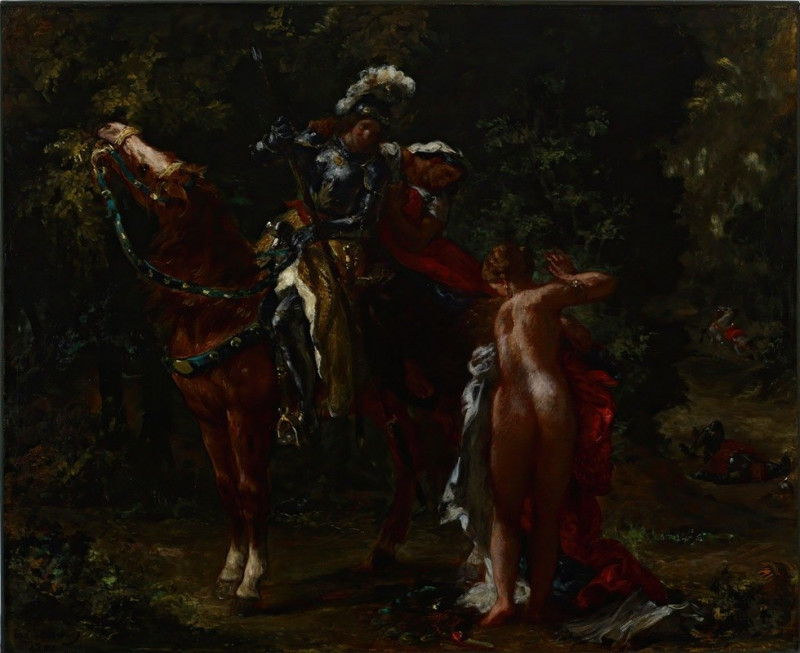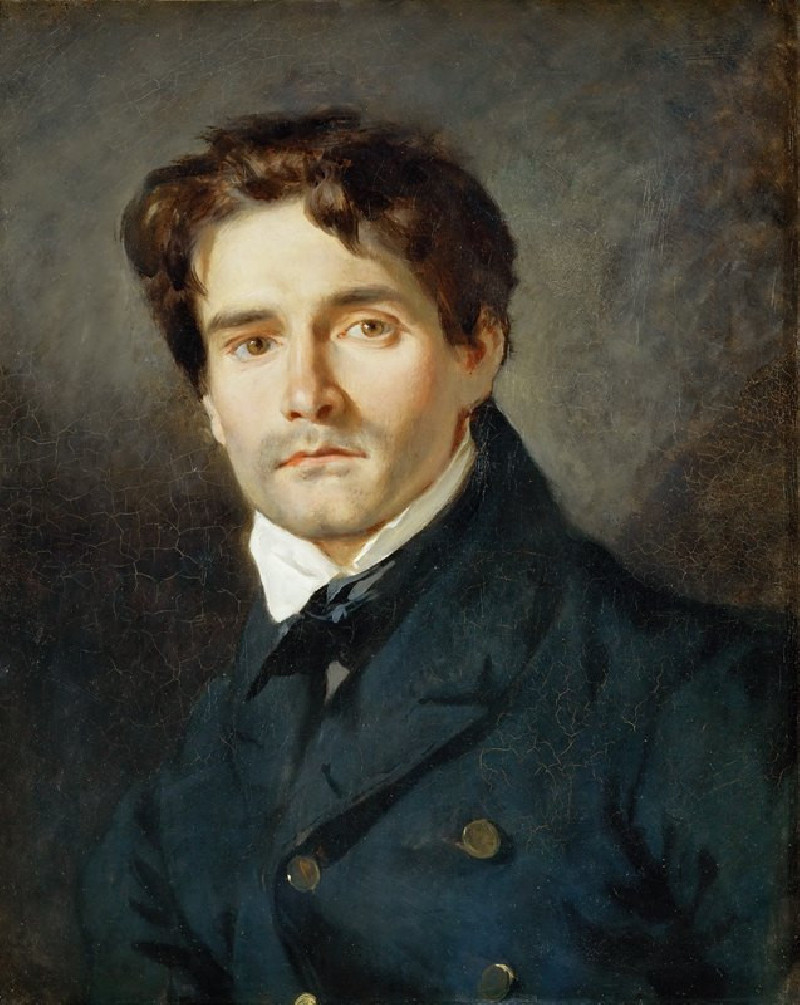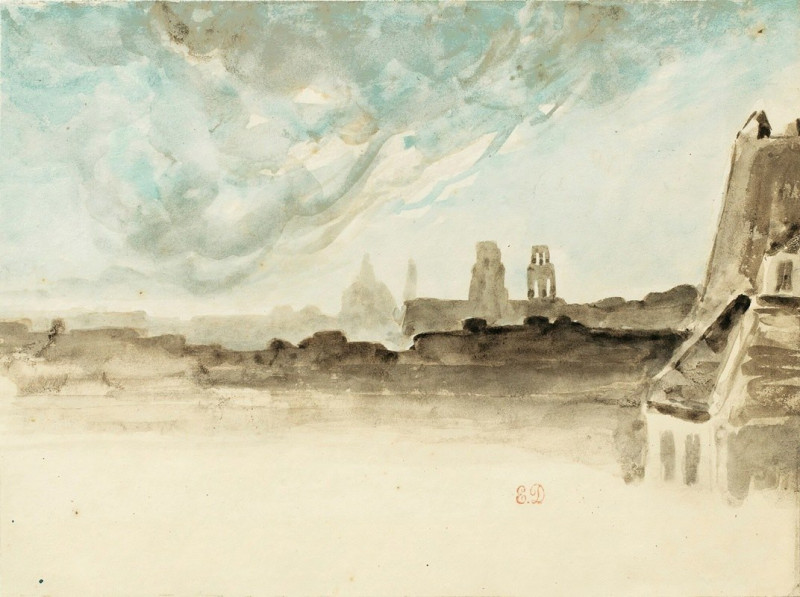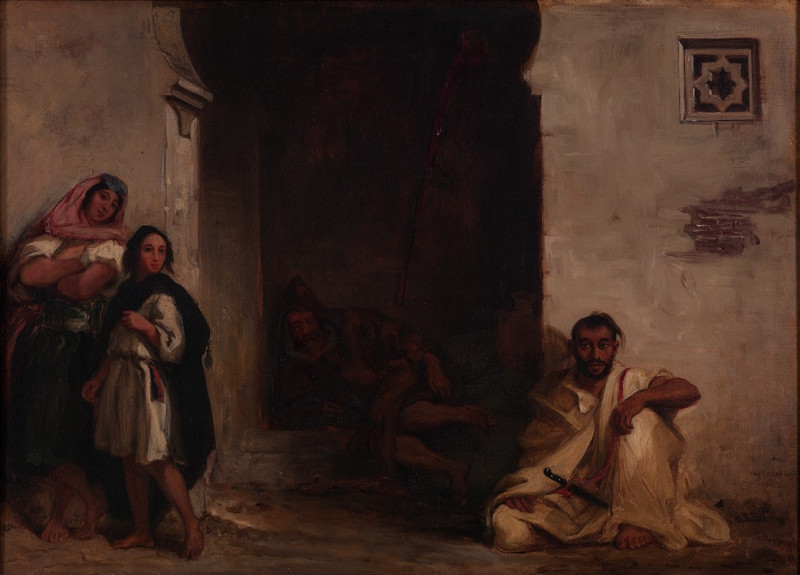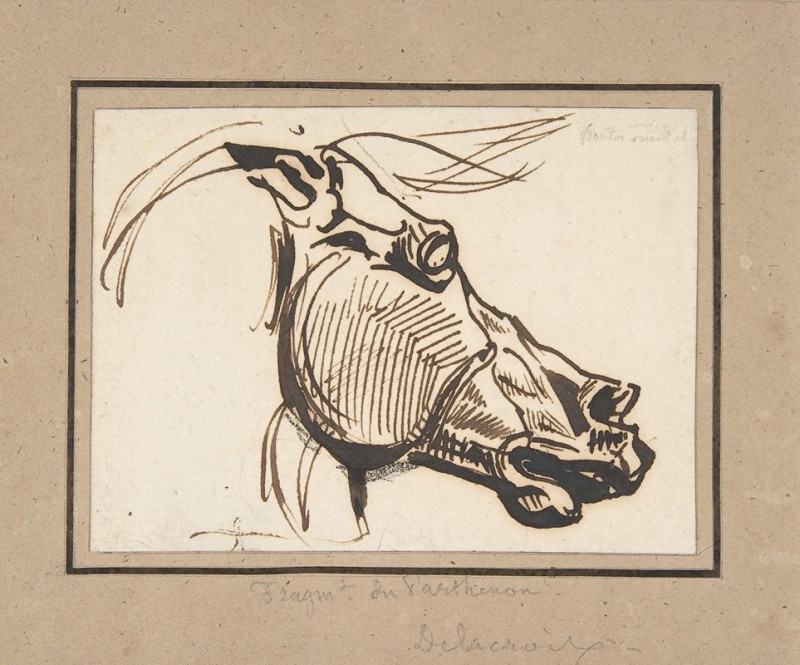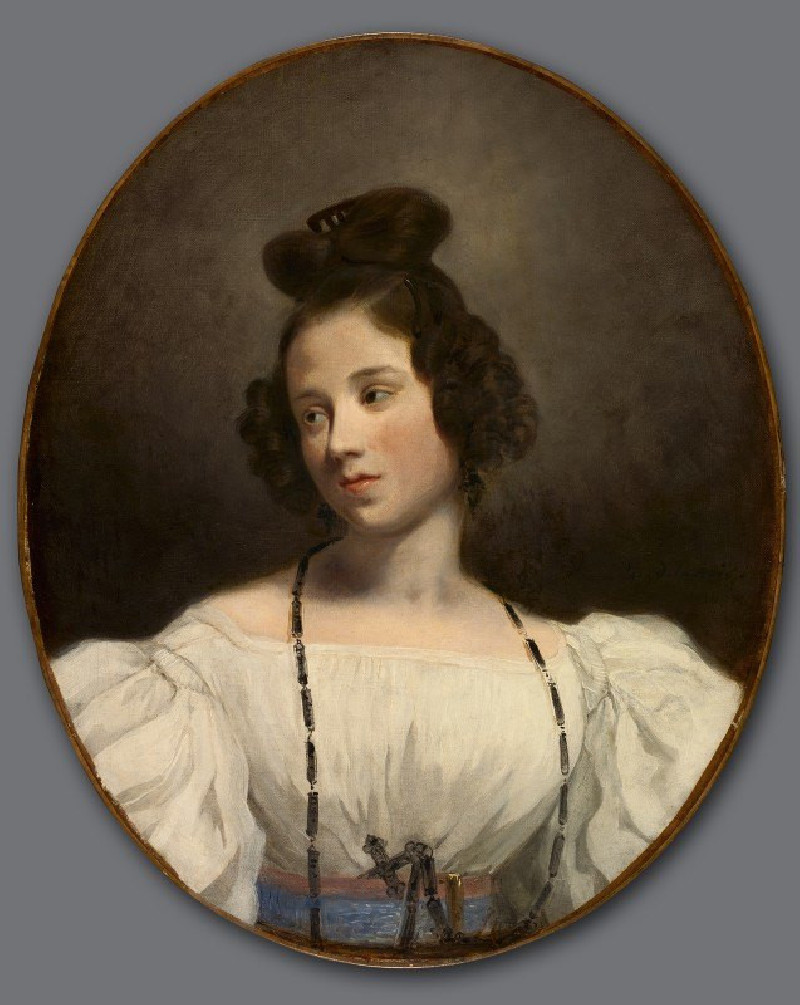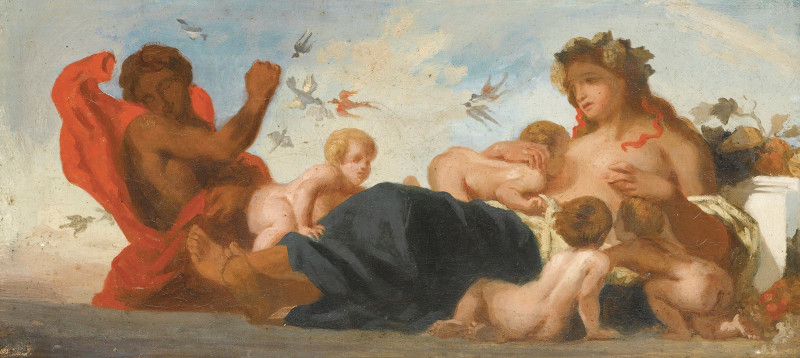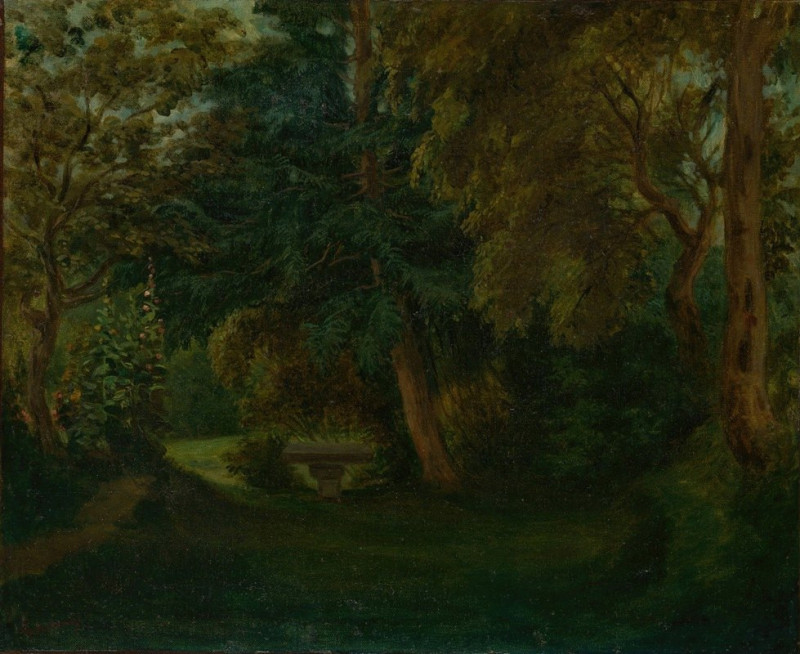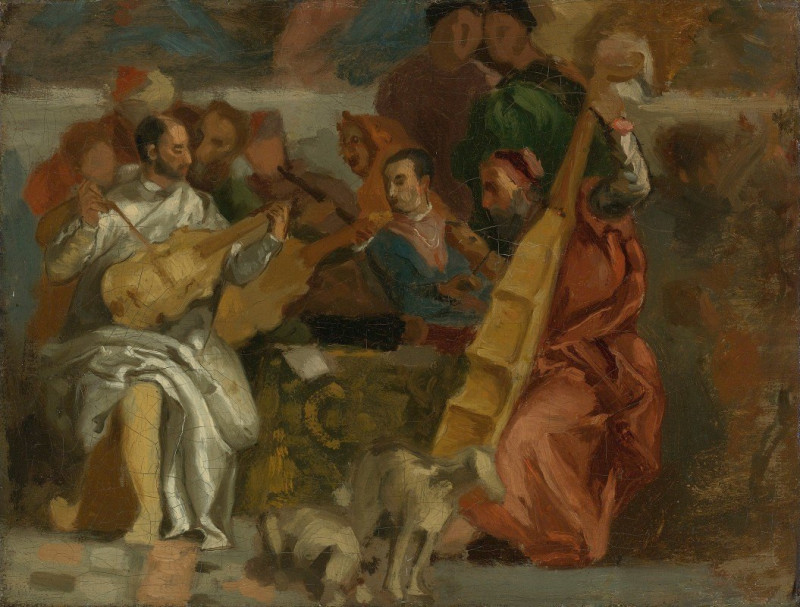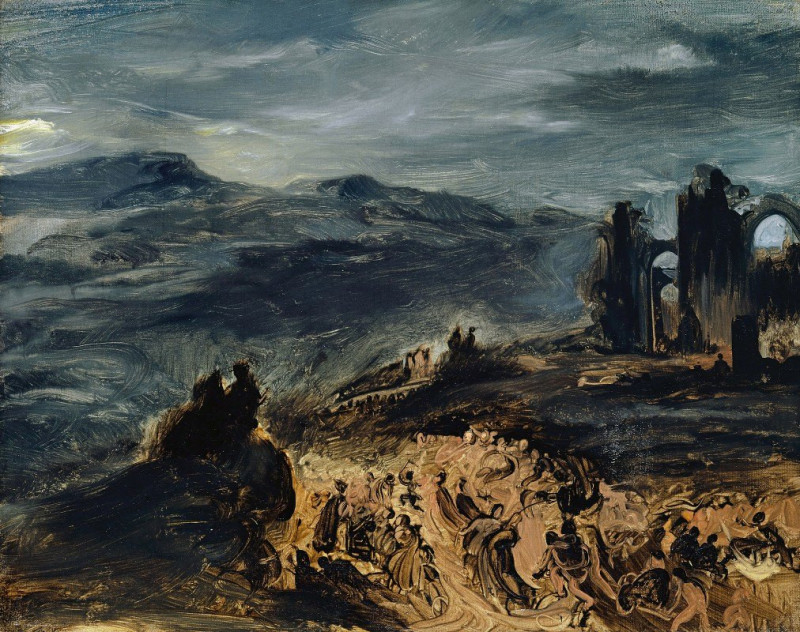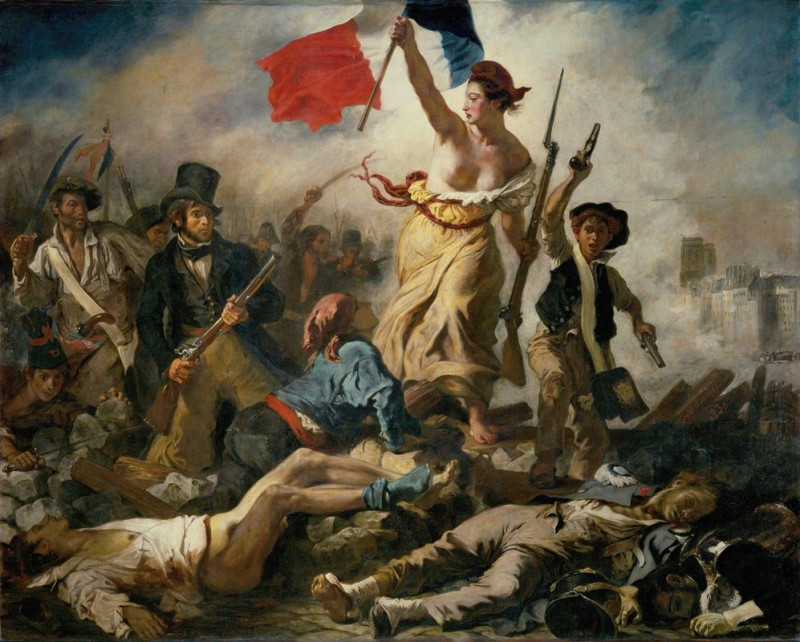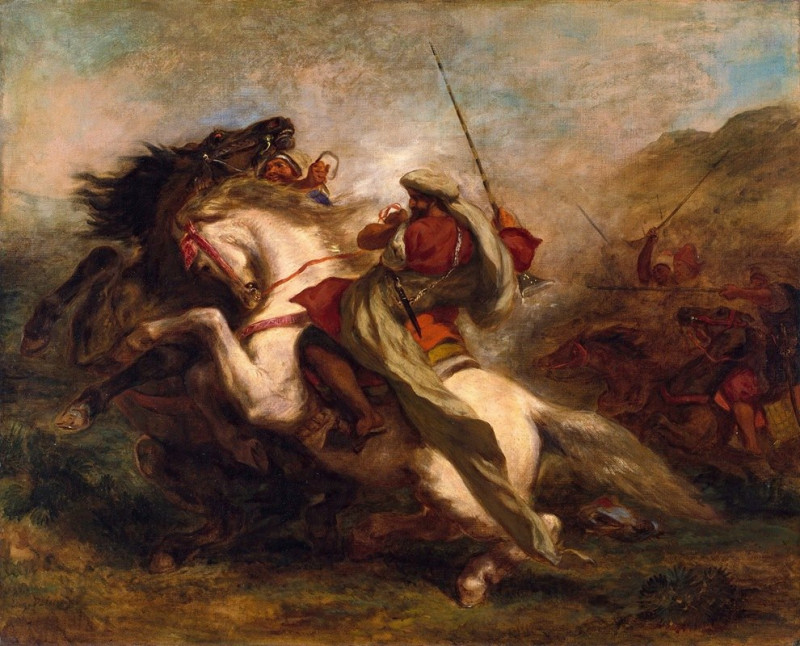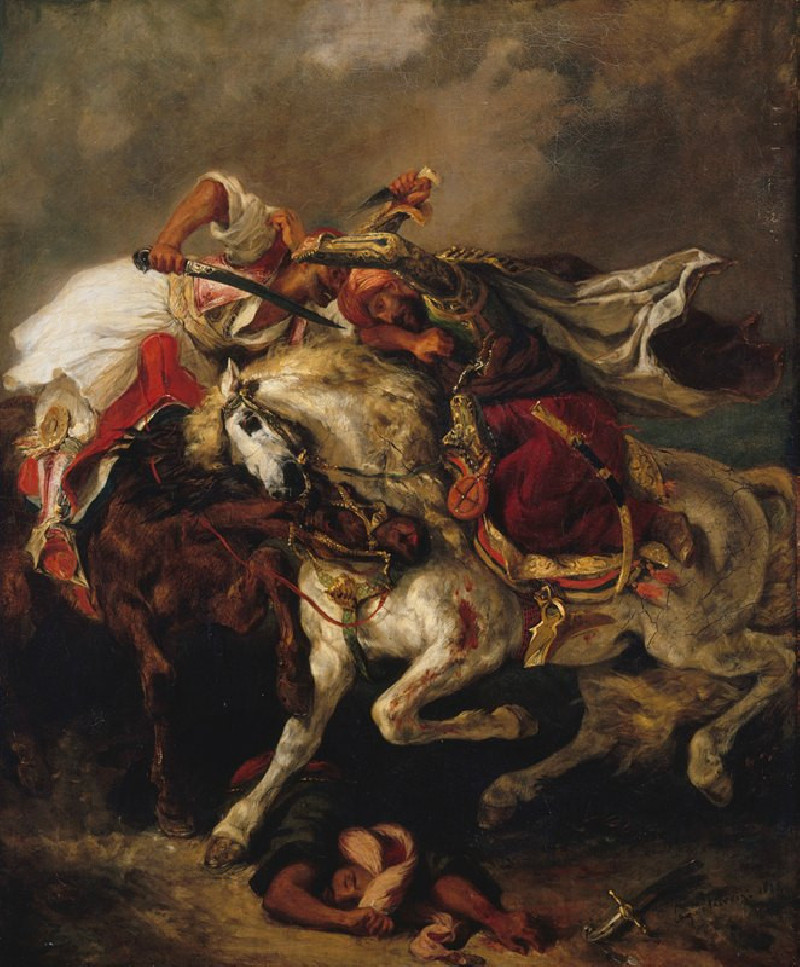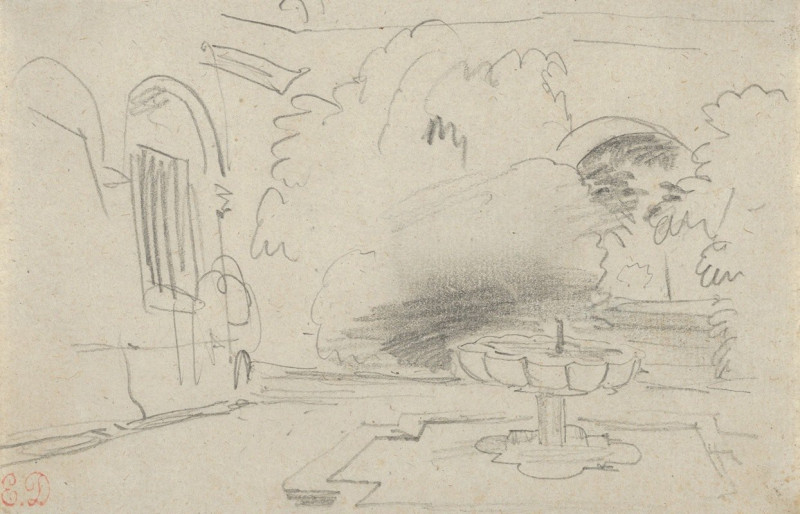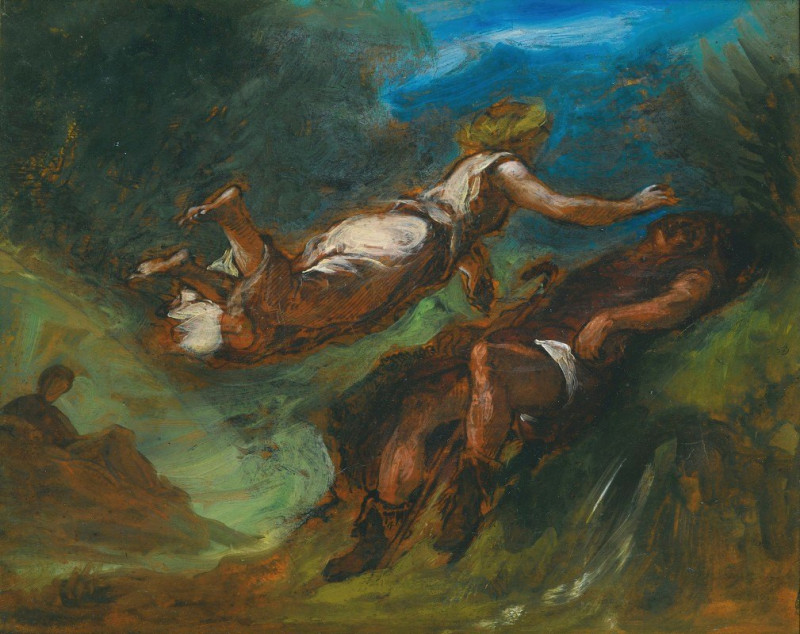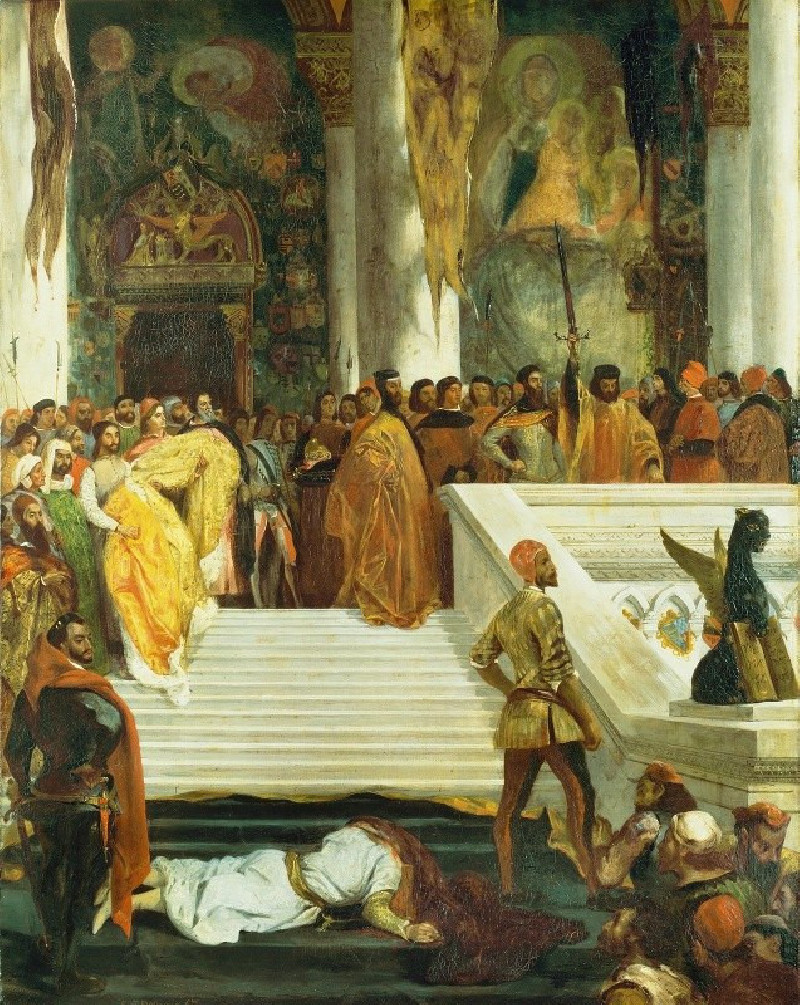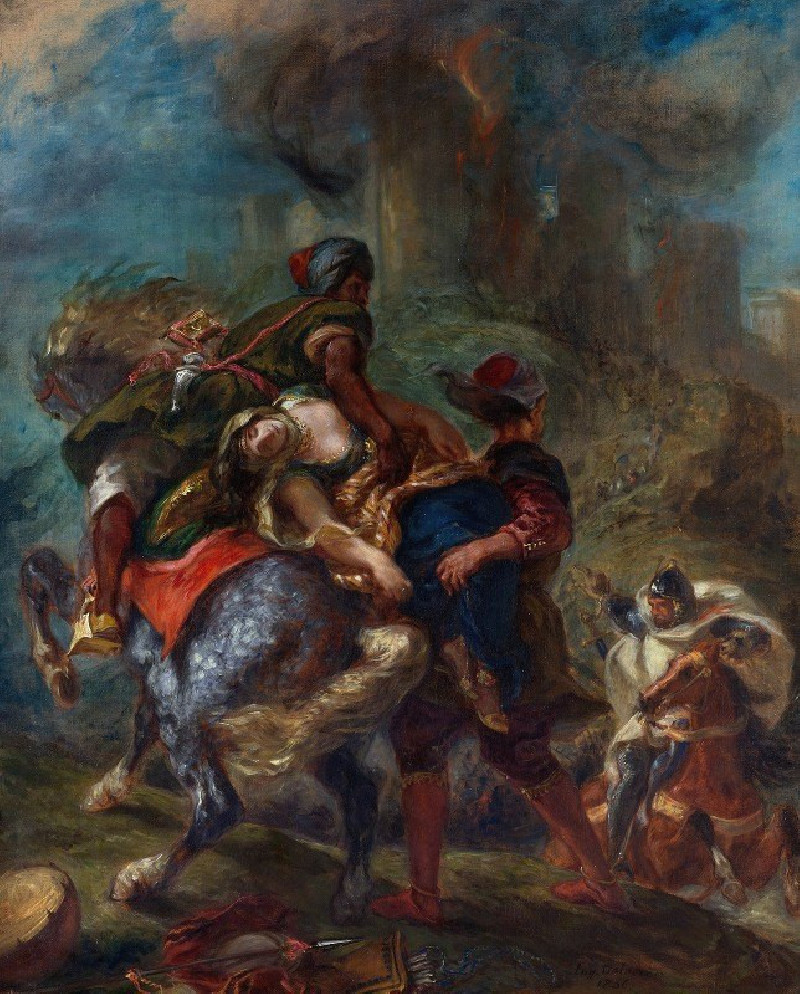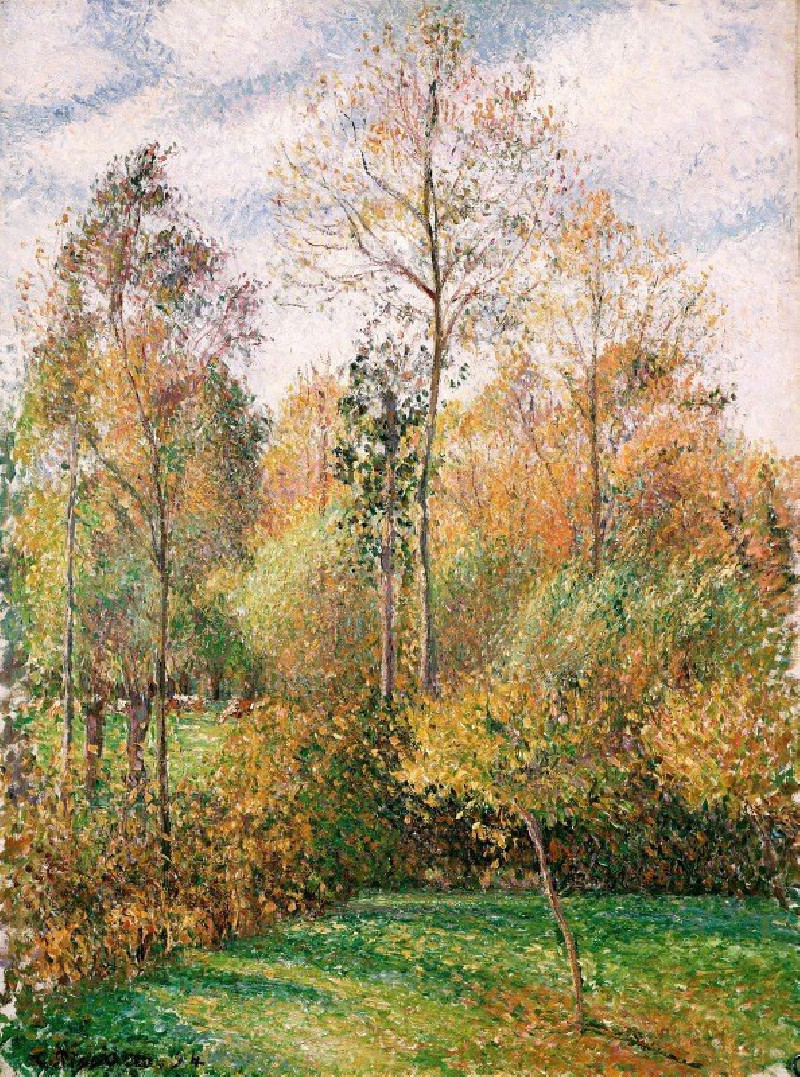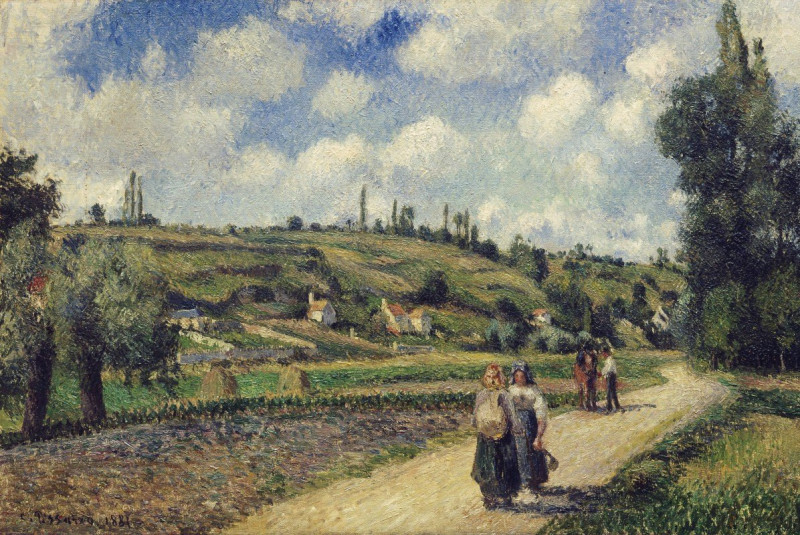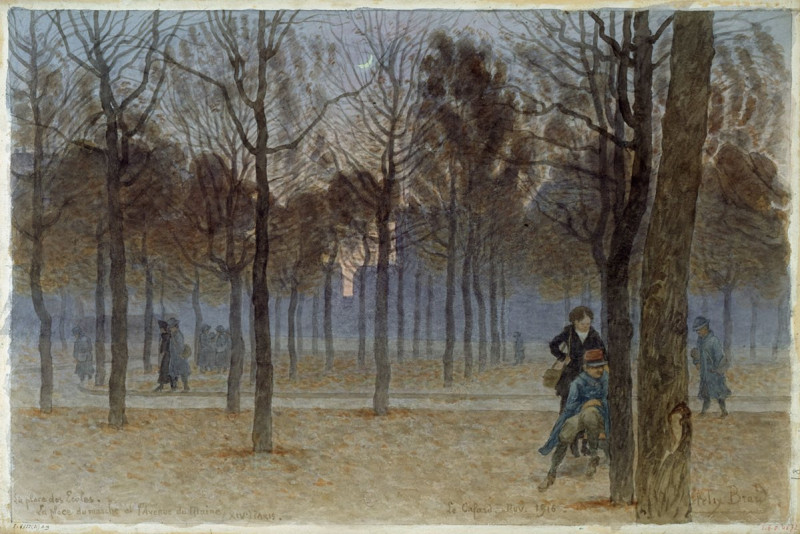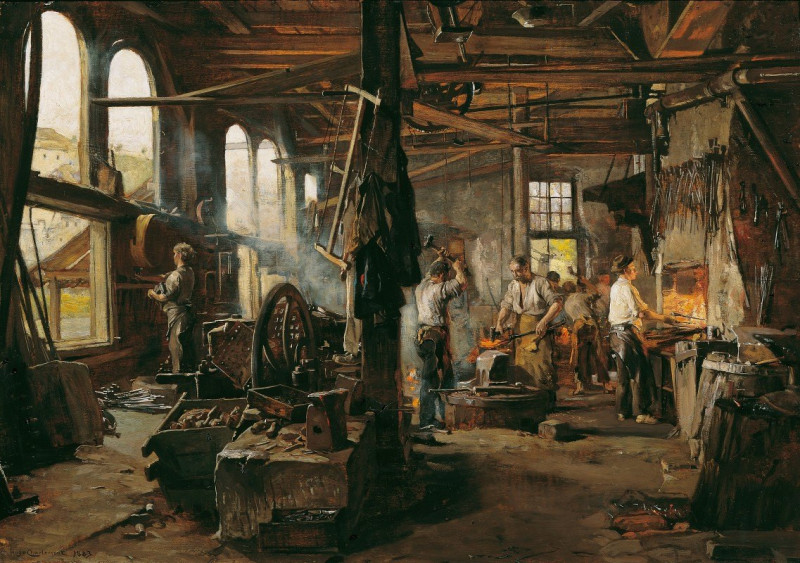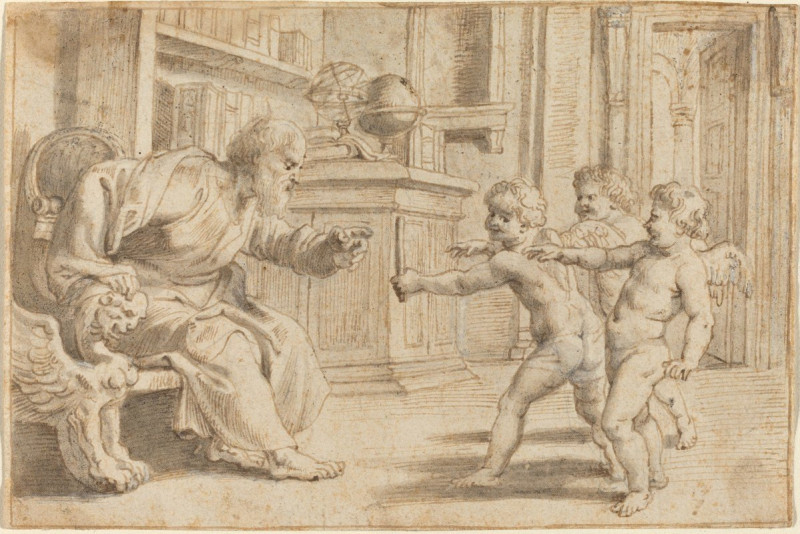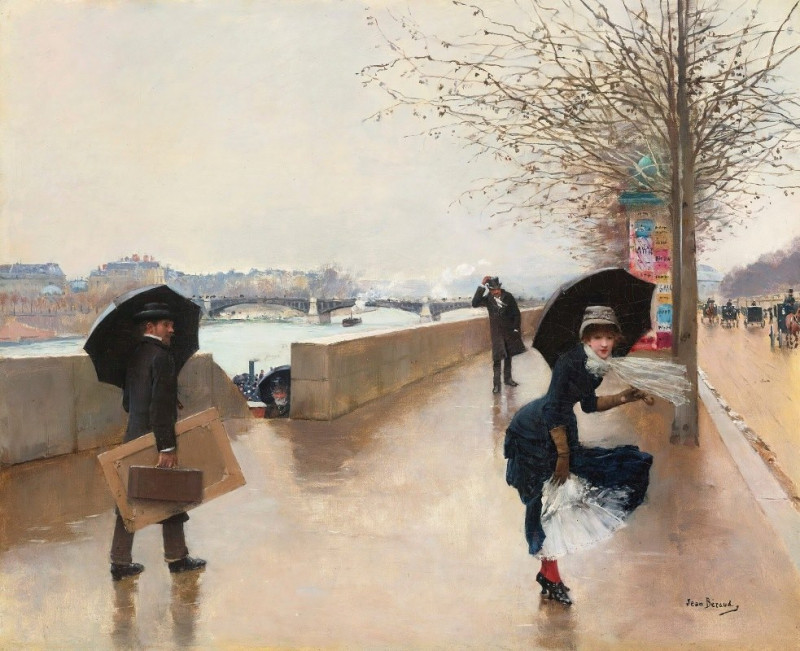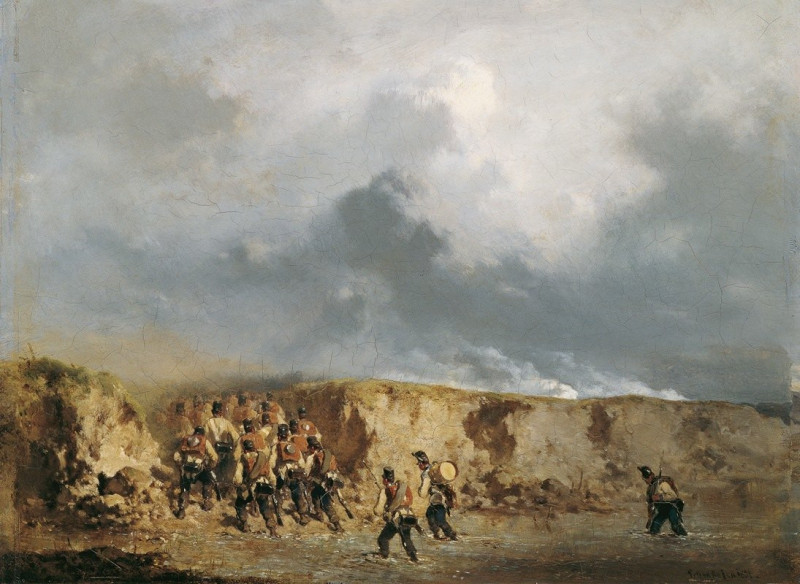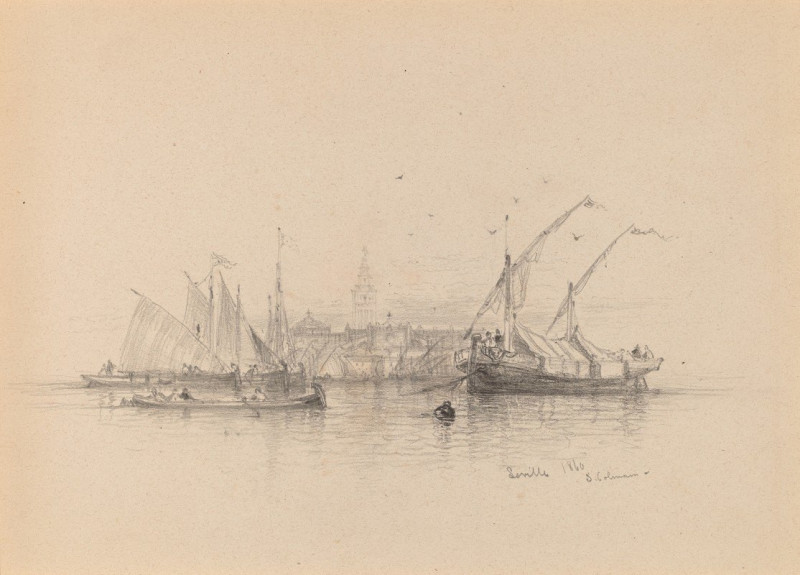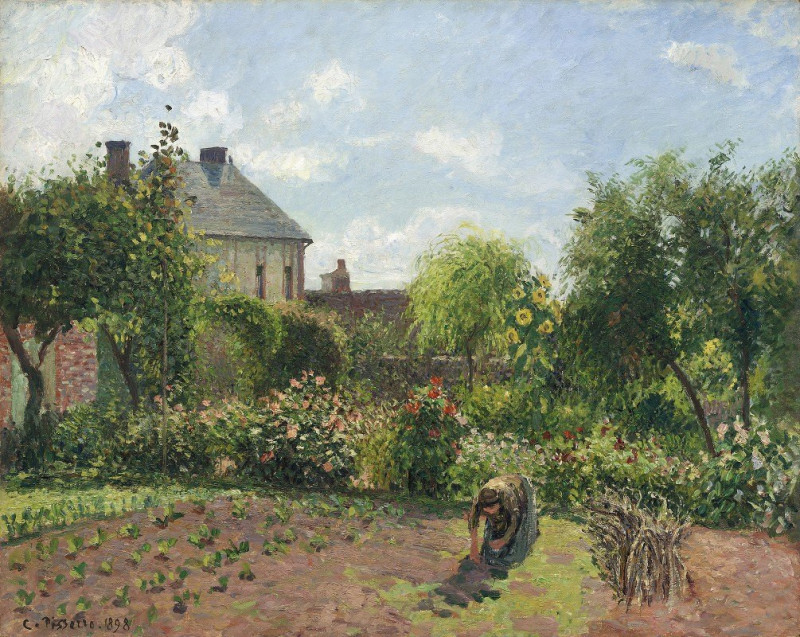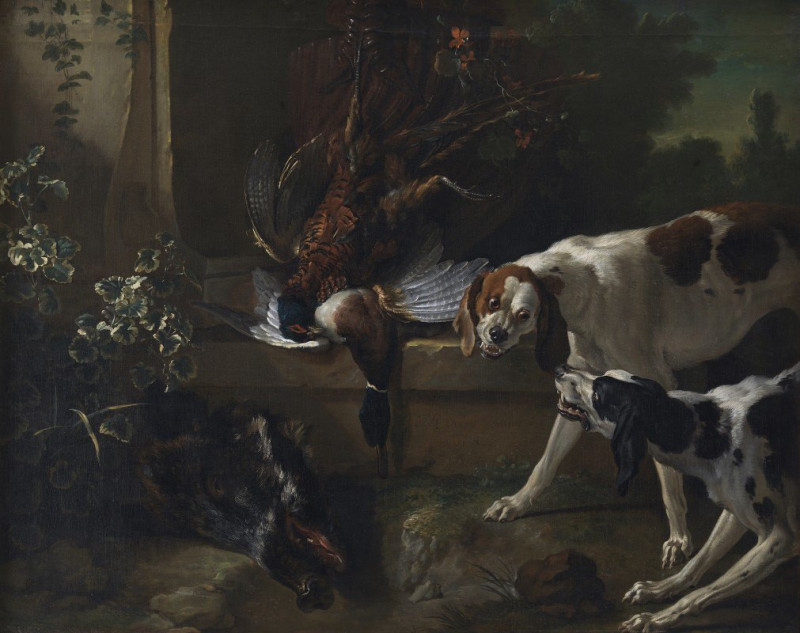The Raising Of Lazarus (1850)
Technique: Giclée quality print
Recommended by our customers
More about this artwork
Eugène Delacroix's compelling painting, "The Raising Of Lazarus," masterfully captures a pivotal biblical story from the Book of John, where Jesus Christ miraculously brings Lazarus back to life four days after his death. Created in 1850, this work is a profound example of Delacroix's dramatic and emotional style, characteristic of the Romantic movement.The painting is imbued with a palpable tension and a dynamic composition that draws the viewer into the depth of the scene. Central to the image is Jesus, depicted with a serene aura, his arm extended in a commanding gesture that indicates the miraculous resurrection in progress. His presence is a stark contrast to the surrounding figures, each caught in various expressions of awe, despair, and hope.Lazarus is seen at the forefront, emerging from his shroud with a frail and tentative posture, symbolizing his transition from death back to life. The onlookers, including possibly Mary and Martha, Lazarus' sisters, display intense emotional involvement, from shock to relief, encapsulating the scene's overwhelming spiritual and emotional significance.Delacroix's use of chiaroscuro—strong contrasts of light and dark—enhances the dramatic effect, focusing the viewer's attention on the figure of Jesus and the newly resurrected Lazarus. The shadowy figures and the cavernous background contribute to the mystical and supernatural atmosphere of the scene.In "The Raising Of Lazarus," Delacroix not only explores a religious marvel but also delves into the exploration of human emotion, faith, and the boundary between life and death, making this work a profound statement on spiritual resurrection and redemption.


